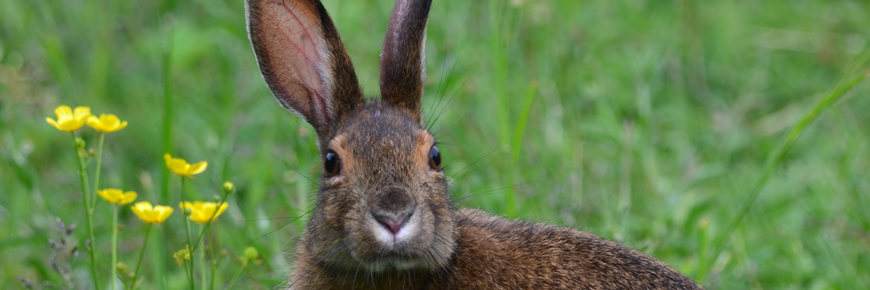
Animals
Cape Breton Highlands National Park
The rich tapestry of mountains, forests, rivers, lakes and coastlines provides habitats for both northern and southern species of animals. Because the park is a protected wilderness area, these animals can live out their lives in a natural state, as close to being unaffected by humans as possible in the modern world.
Mammals, birds, amphibians, reptiles, fish and invertebrates are all found within Cape Breton Highlands National Park.
Some species of animal in the park are particularly sensitive to human activity and require extra protection. Several species that are separated (disjunct) from the rest of their populations in North America are also found here.
Mammals
There are about 40 species of land mammals in northern Cape Breton, including moose, coyote, and snowshoe hare. Land mammals of particular interest include the Canada lynx because it is at risk. Marine mammals such as harbour seals and pilot whales are found in the water adjacent to the park.
Birds
Along the coasts, seabirds such as gulls, cormorants and guillemots nest. In the woods there are many forest songbirds as well as grouse, hawks, bald eagles and owls.
Amphibians and reptiles
Cape Breton Island isn't home to very many species of amphibians and reptiles because it is isolated and cold. The most common frog in the park is the green frog; the garter snake is the most common reptile.
Fish
The lakes and rivers are home to brook trout, gaspereau and American eel as well as a few other species of freshwater fish. The gulf and the ocean next to the park are inhabited by groundfish such as Atlantic cod and pelagic species like the blue shark and basking shark.
Invertebrates
Invertebrates are extremely important to the ecosystem. Thousands of species of invertebrates can be found in the park, including spiders, beetles, dragonflies and slugs.
Related links
- Date modified :